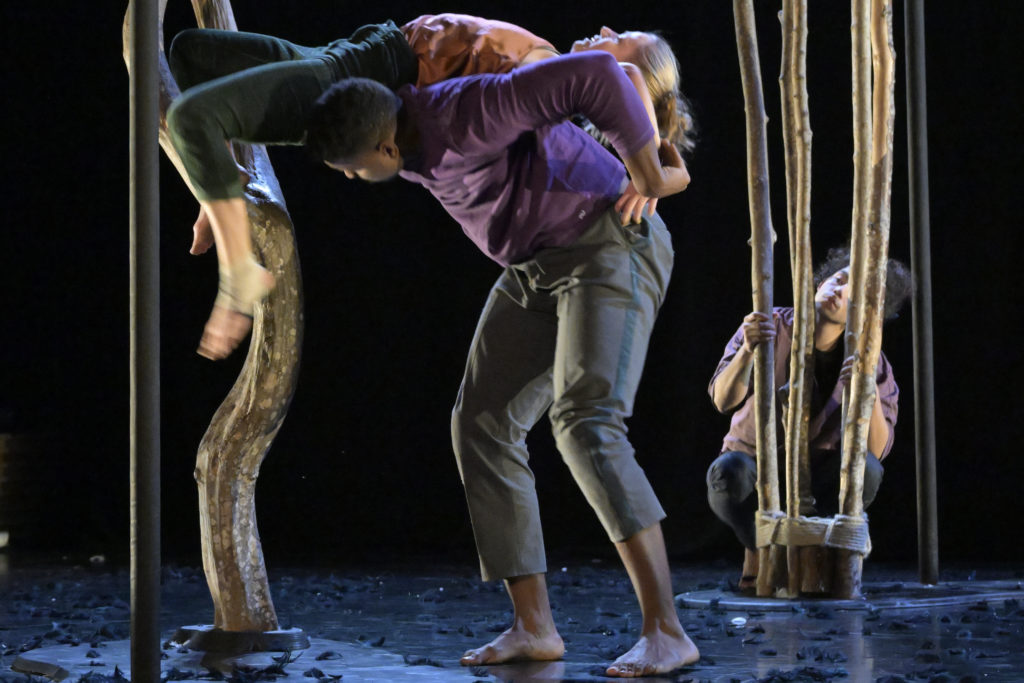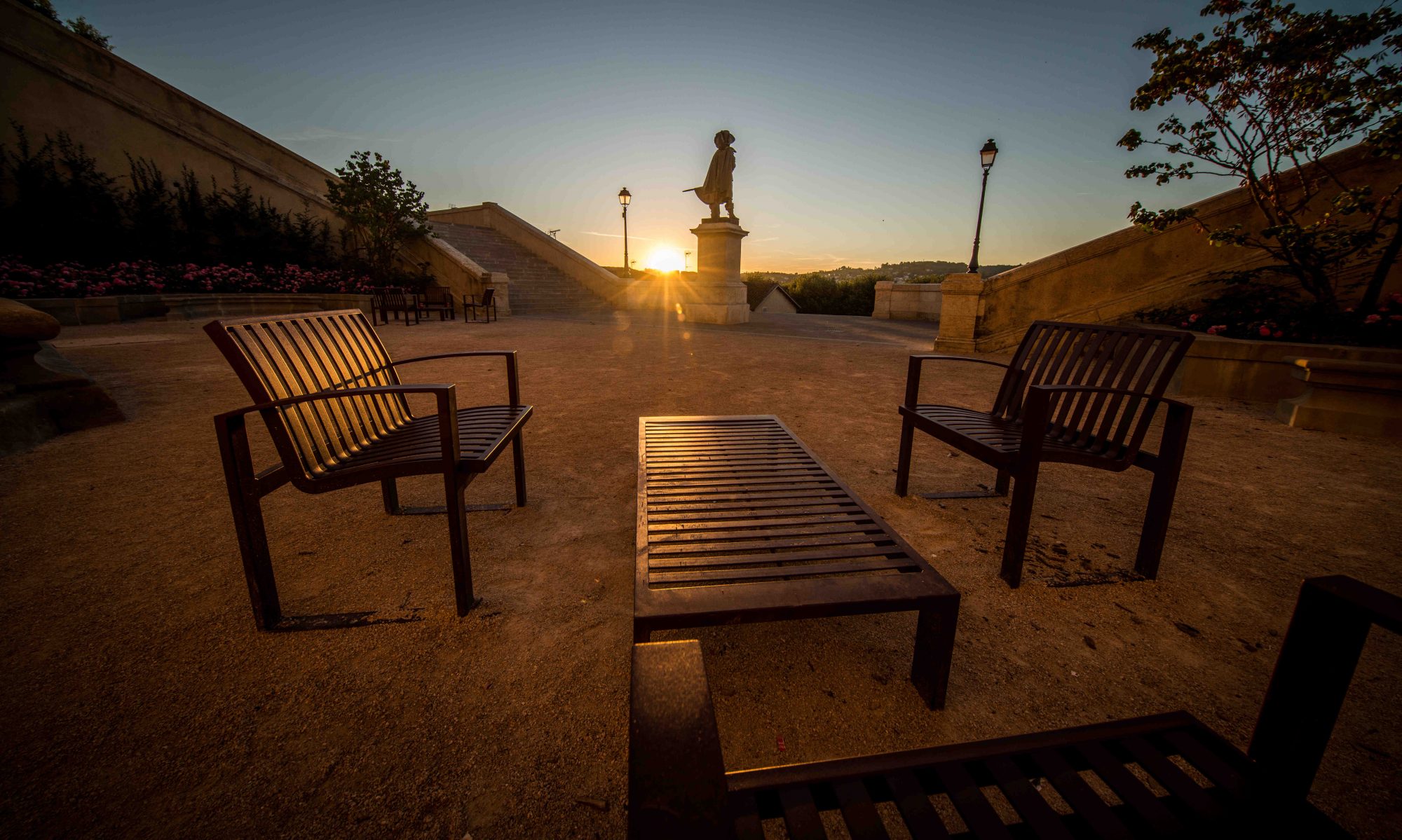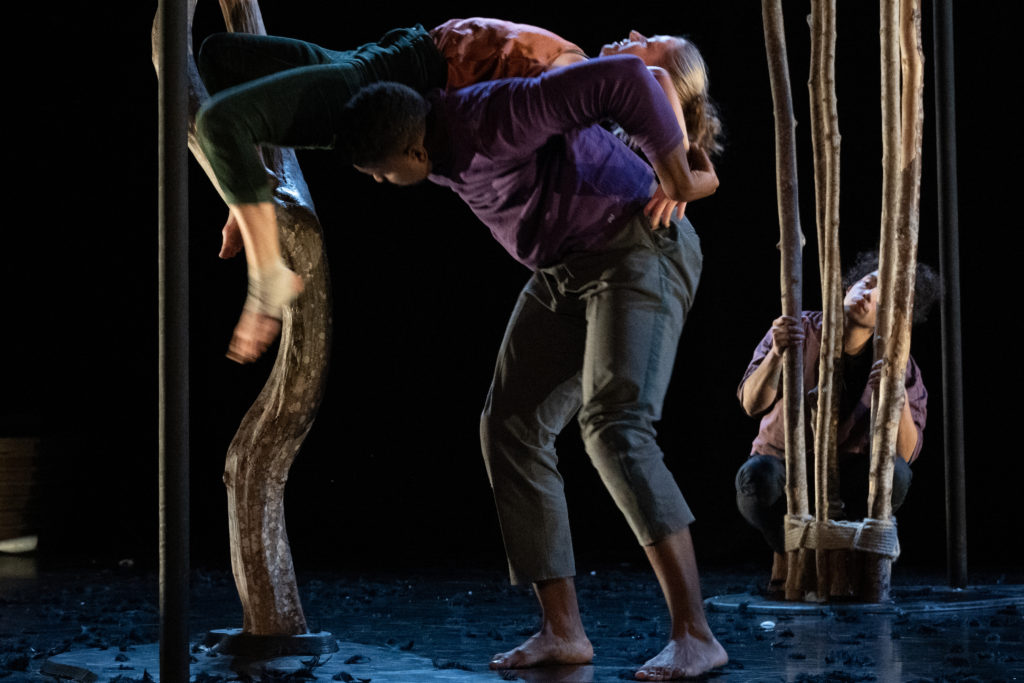Here are two images – the same original photo, but dematricised (converted from RAW) using different programs. I think the differences are very interesting…

If you cannot see a difference on this page, click on the image to enlarge it and look closely at the girls face at the top of the frame.
The overall clarity of the lower image is, to my mind, better, and the image is also slightly lighter. In addition, the high ISO ‘noise’ is better treated in the lower image.
The upper image, created using ADOBE Lightroom, would generally need to be further treated – increase the exposure a little, apply a filter to reduce the high ISO noise etc. perhaps also play around a little with the white balance, but in this example art least, none of this has had to be applied in the the lower image.
For someone who tends to shoot 85% of his work with very high ISO values, this is very interesting, but it brings up another problem. Up until now, I have relied on Lightroom to manage my whole treatment process – from downloading the memory cards, to treating the files, creating the web albums and cataloguing the images.
(I’m not quite sure how to insert another process (external to LR) into the sequence without creating a huge set of extra files (doubles in fact). )
One way to do this would be to output all the files from the NX Studio software in TIFF format, then input them to the Lightroom sequence as if they were the original files. But this would cause problems with regard to storage space.
An example: the original NEF file out of the camera is 34,1 Mb which when converted into TIFF (dematricised) becomes 272,9 Mb – 8 times the size.
The original shooting measures 37,40 Gb on disk – which would mean the same thing in TIFF would be 399,00 Gb which is becoming ridiculous – I do actually have the space on my storage disks, but this is going to fill up REAL fast…added to which the processing time is going to be interesting…
This needs some thought…

